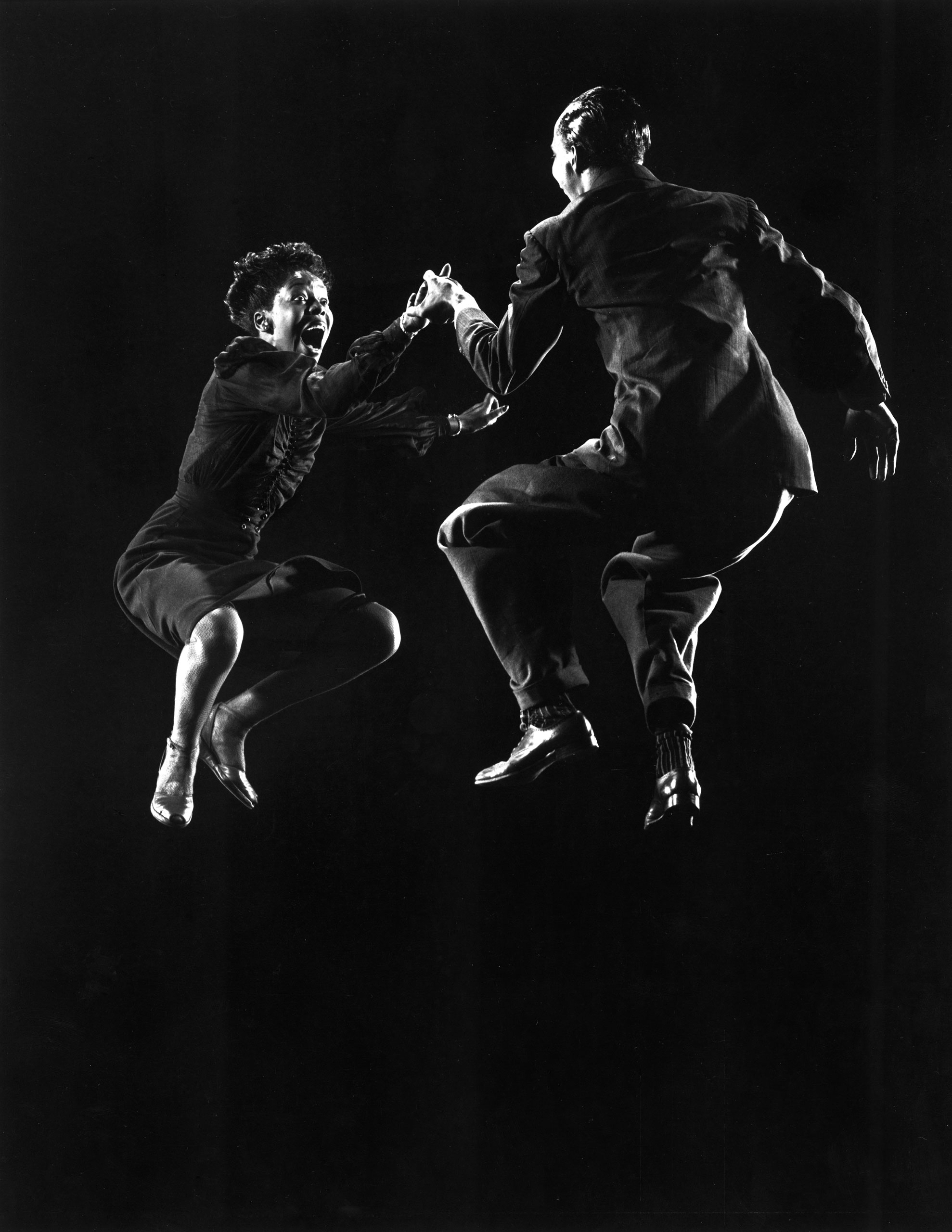
Boogie, Suzy-Q, Mooch and Shorty George may sound like nicknames for a group of after-school buddies from the 1950s—and they may well have been—but they are actually some of the building blocks of the Lindy Hop, a dance that developed during the 1920s and ’30s.
LIFE proclaimed in 1943 that with the Lindy Hop, “A true national folk dance has been born in U.S.A.” And though the editors overlooked an entire history of Native American dance, it is true that beyond the diverse array of Native American traditions, and with the exception of tap dancing, most American dance in the early 20th century derived from European influence.
The Lindy Hop, like jazz, was born in Harlem—and like jazz, it dealt in improvisation. It got its name, according to LIFE, from dancer “Shorty George” Snowden, who saw couples improvising an off-time dance on the day Charles Lindbergh completed his transatlantic flight to Paris in 1927.
“To elders the gyrations of jitterbugs may appear disordered and vulgar,” LIFE wrote. But the dance was taking hold, popular enough to warrant a cover story and several pages of instructions to teach aspiring Lindy Hoppers each move. And though it’s fallen in and out of favor through the years, you can still see it on Monday nights as Dancing With the Stars choreographs modern, and highly sequined, renditions of an old classic.
Liz Ronk, who edited this gallery, is the Photo Editor for LIFE.com. Follow her on Twitter at @LizabethRonk.
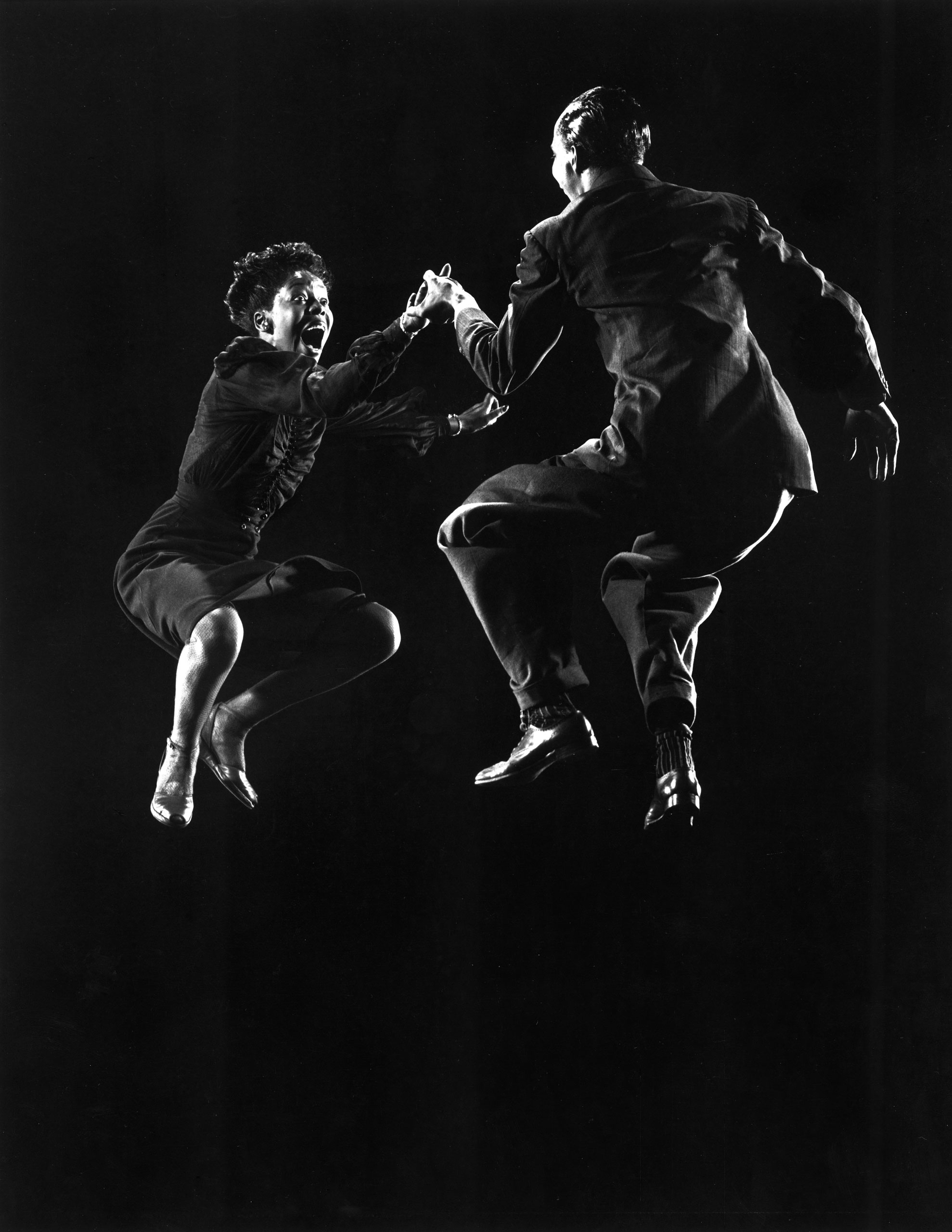
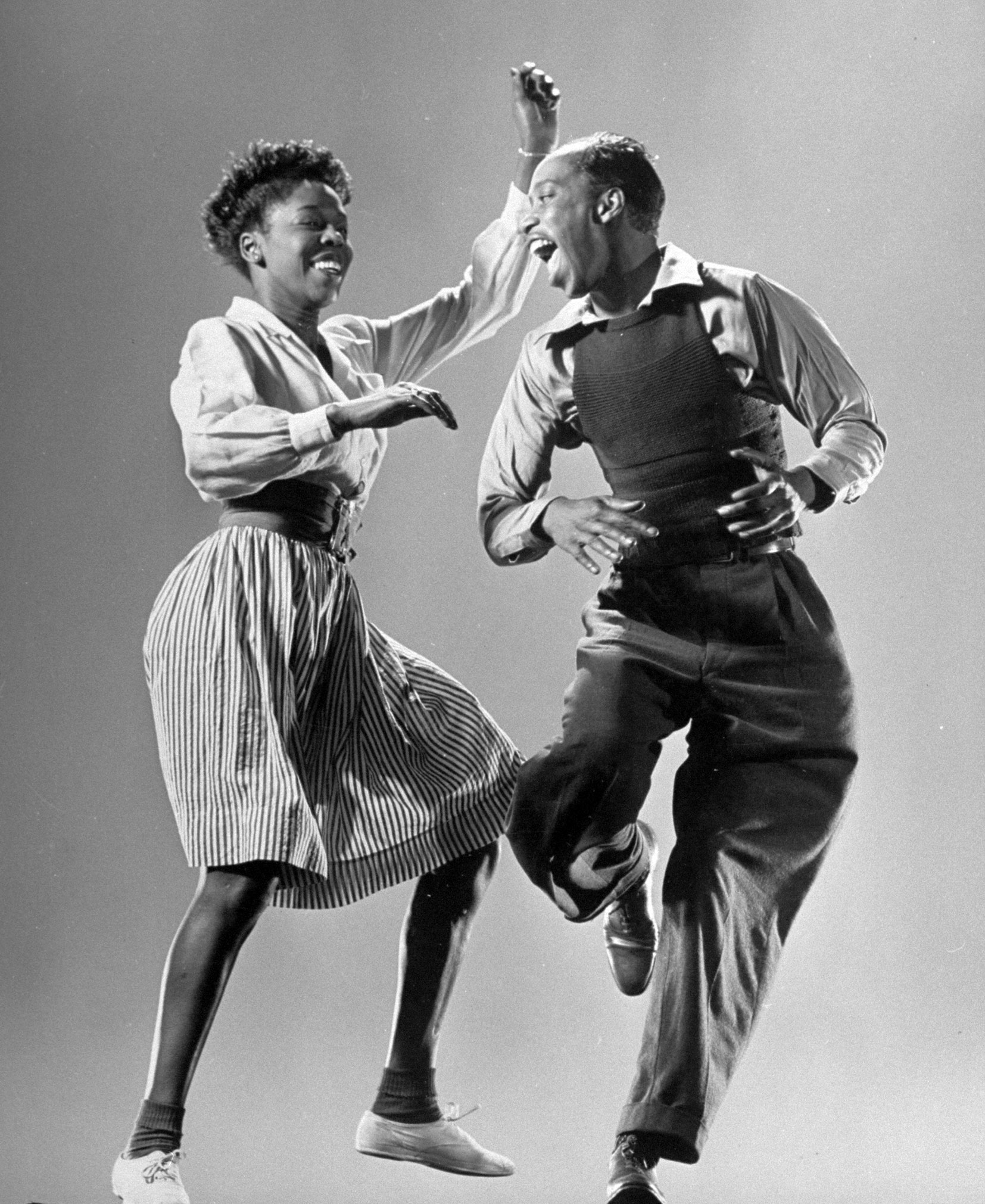


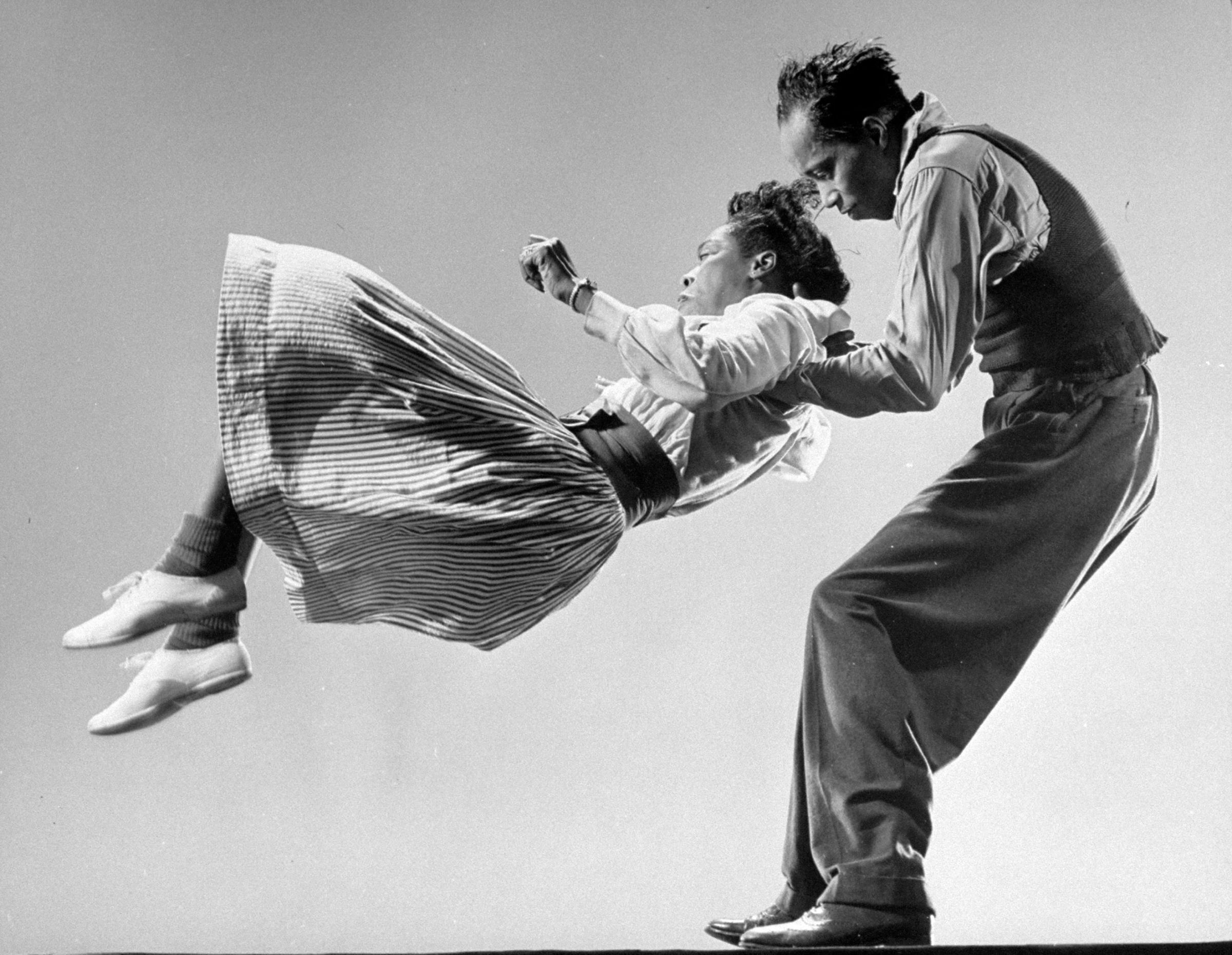
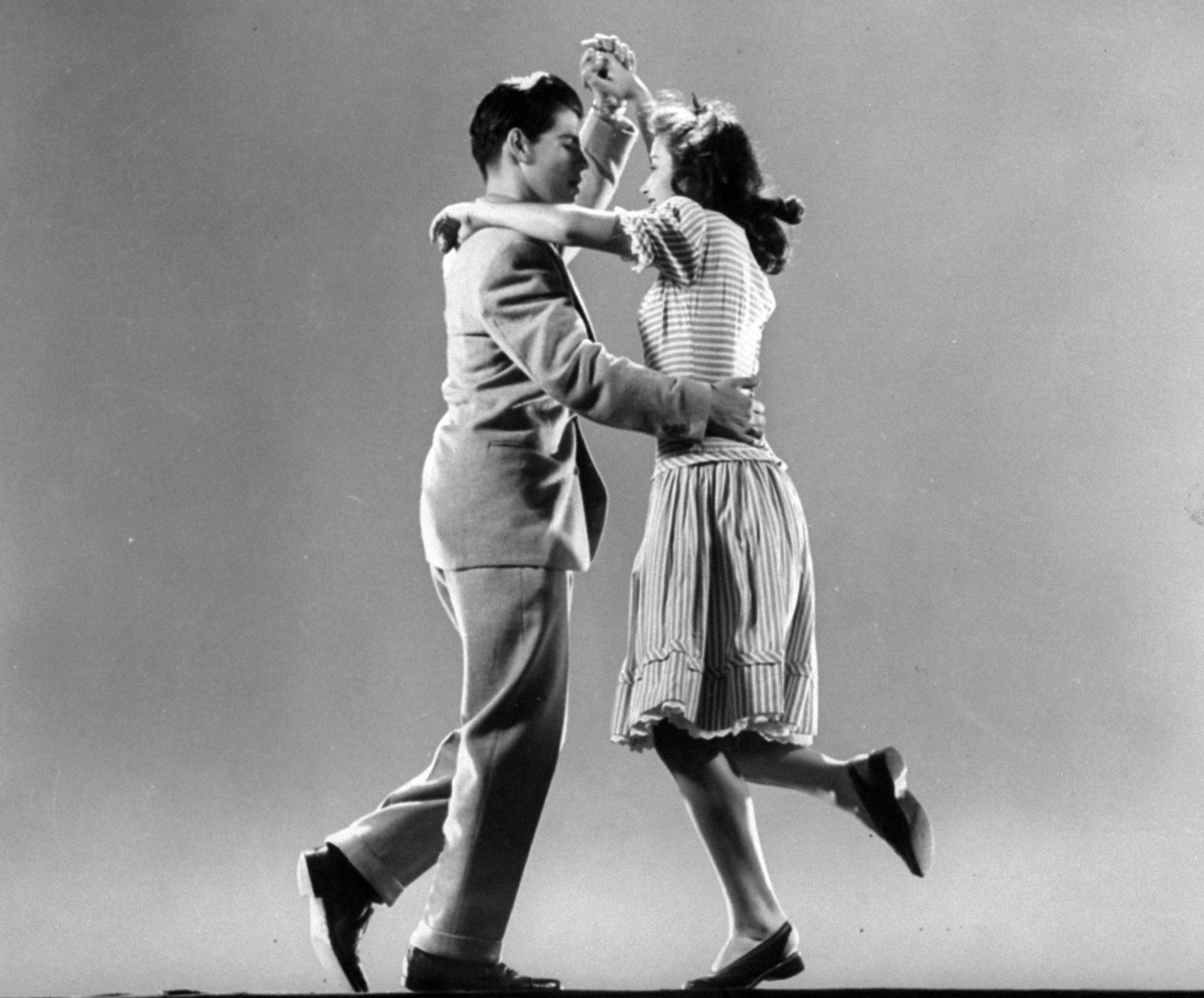

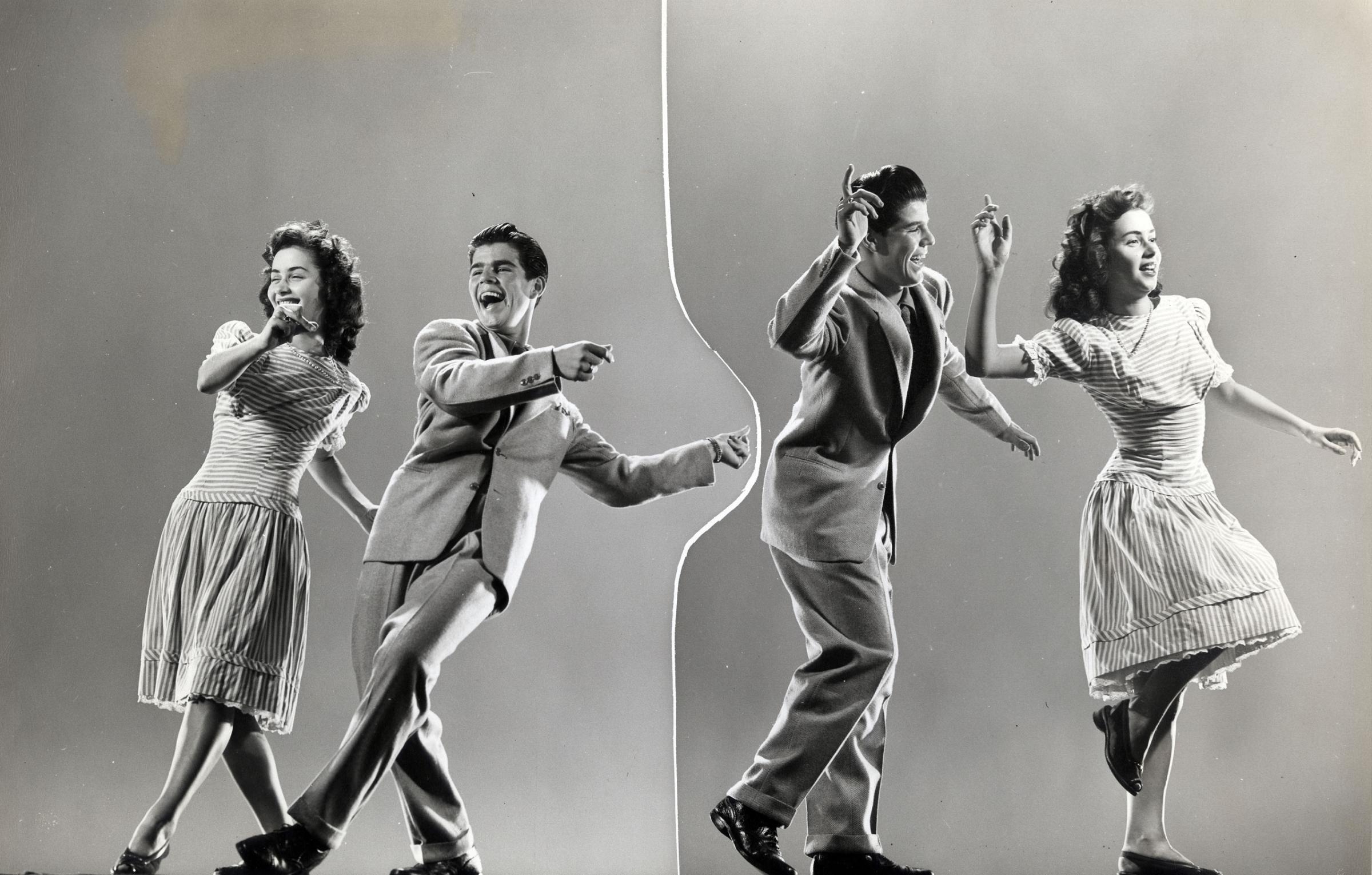

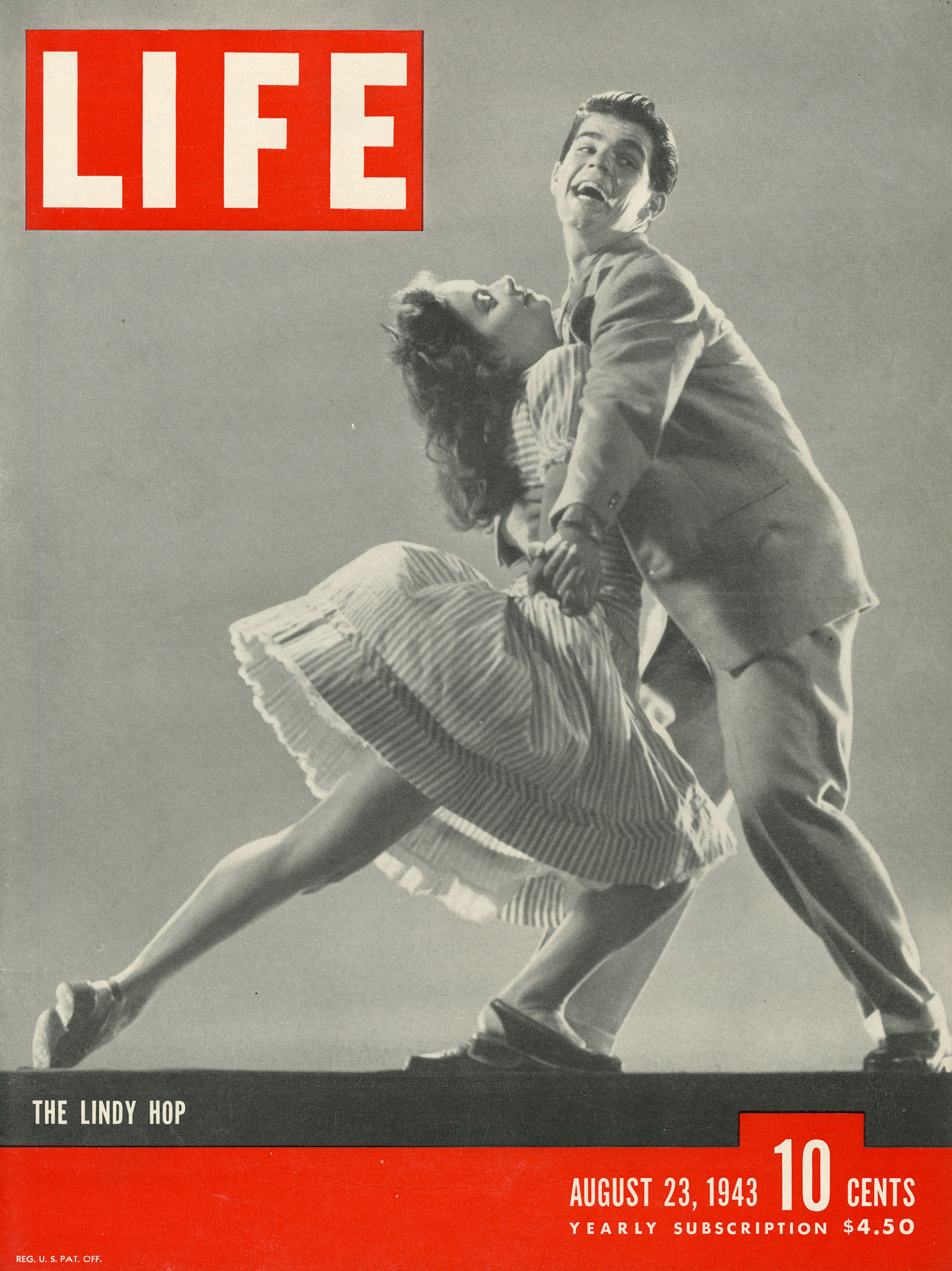
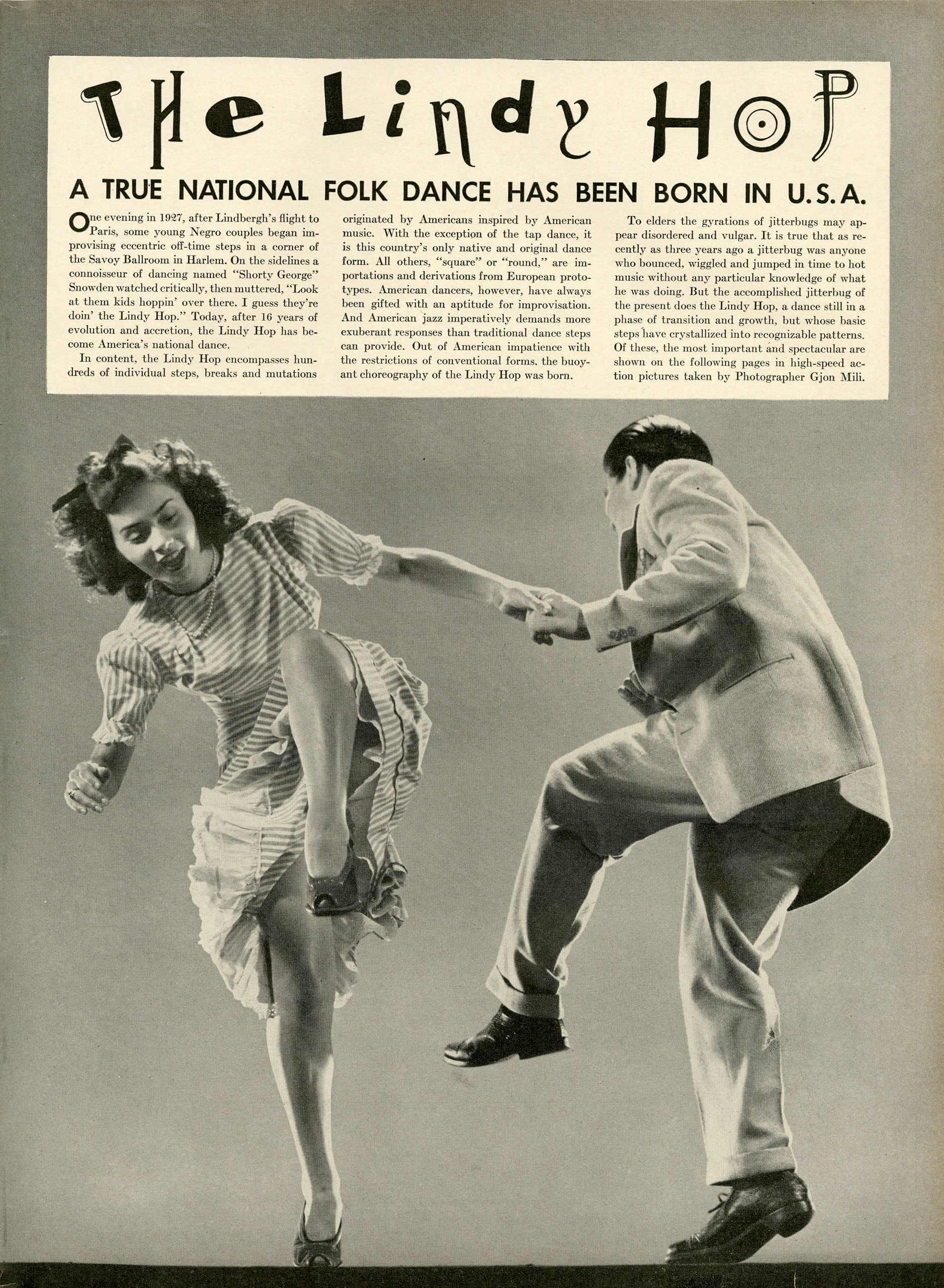

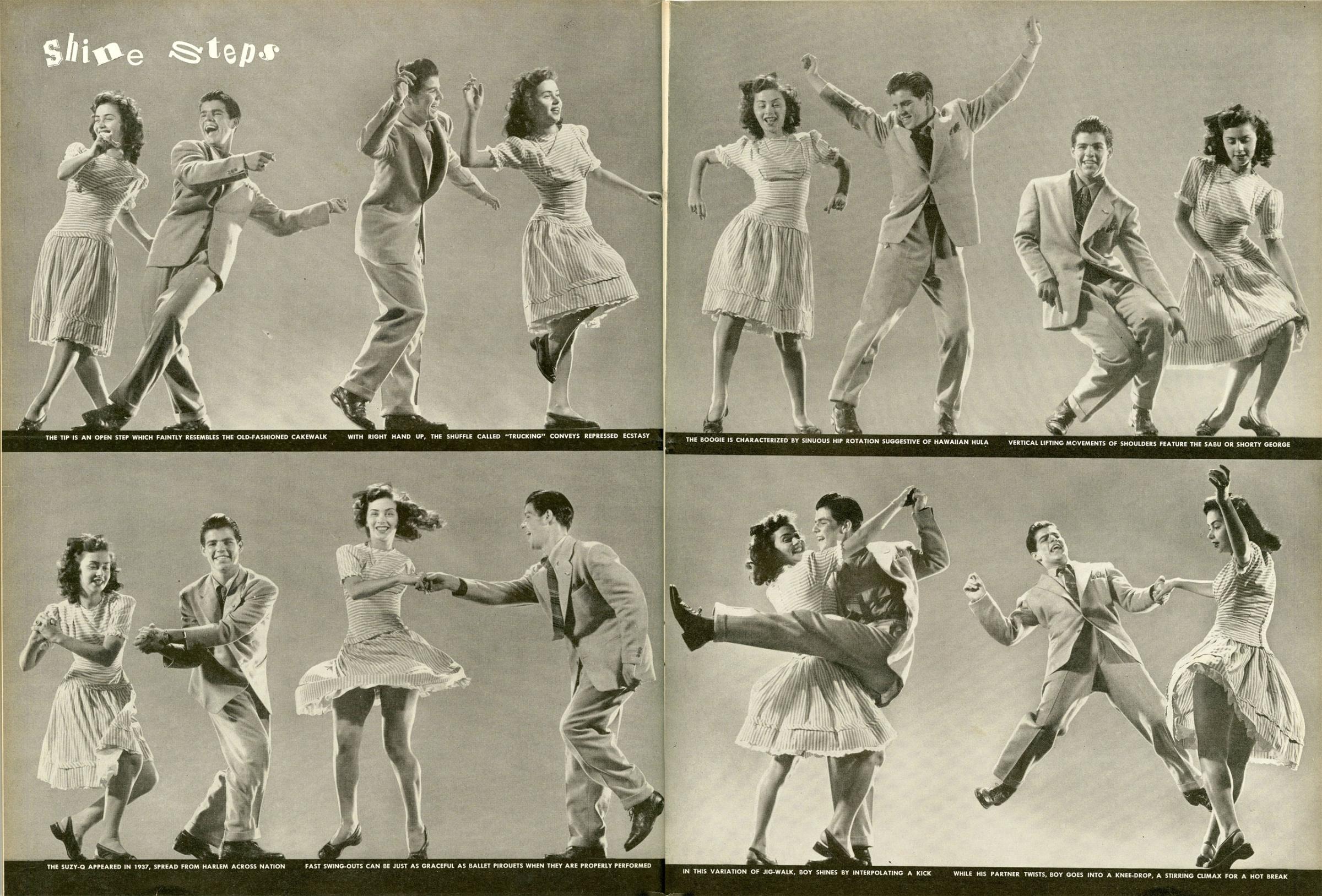
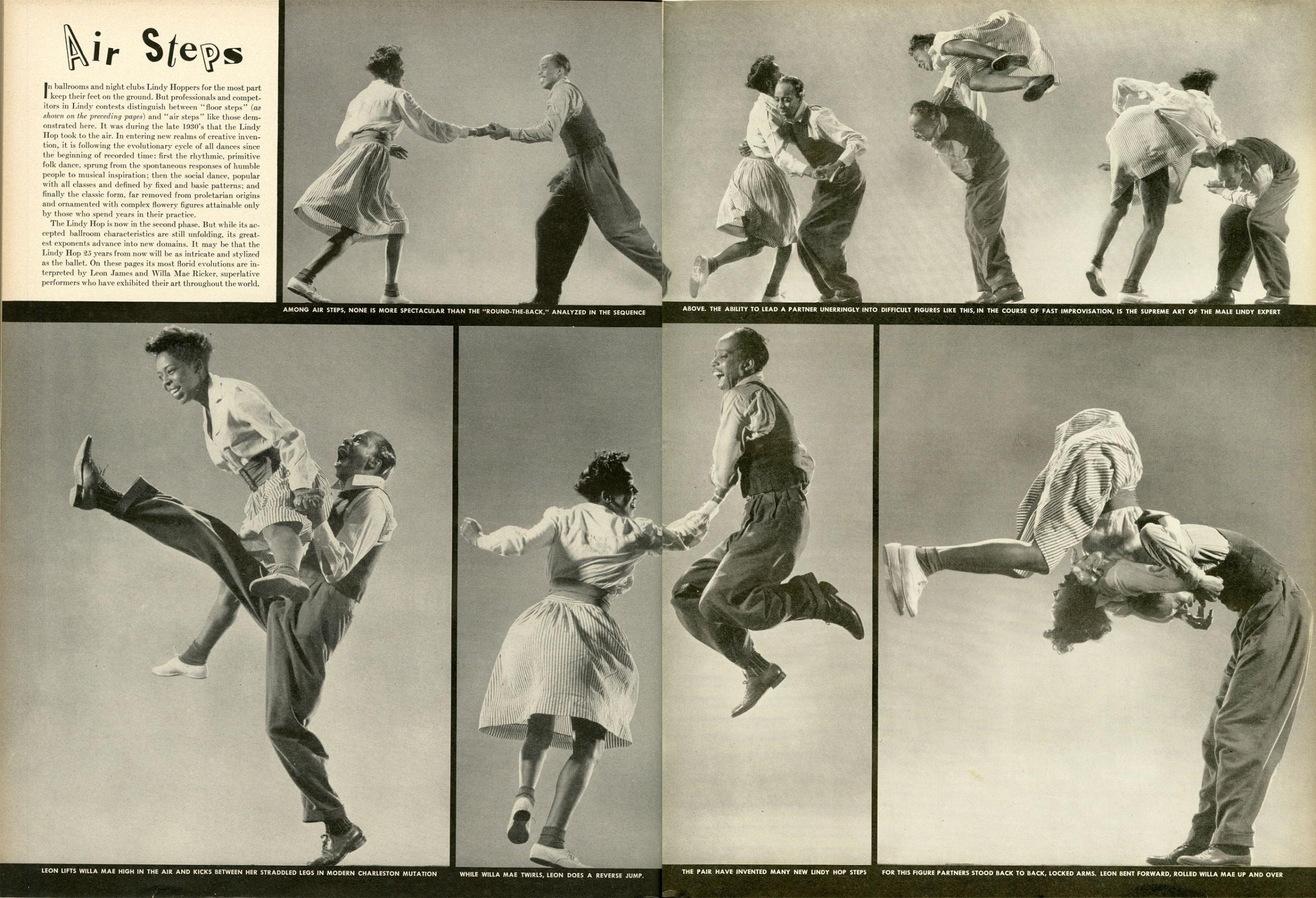
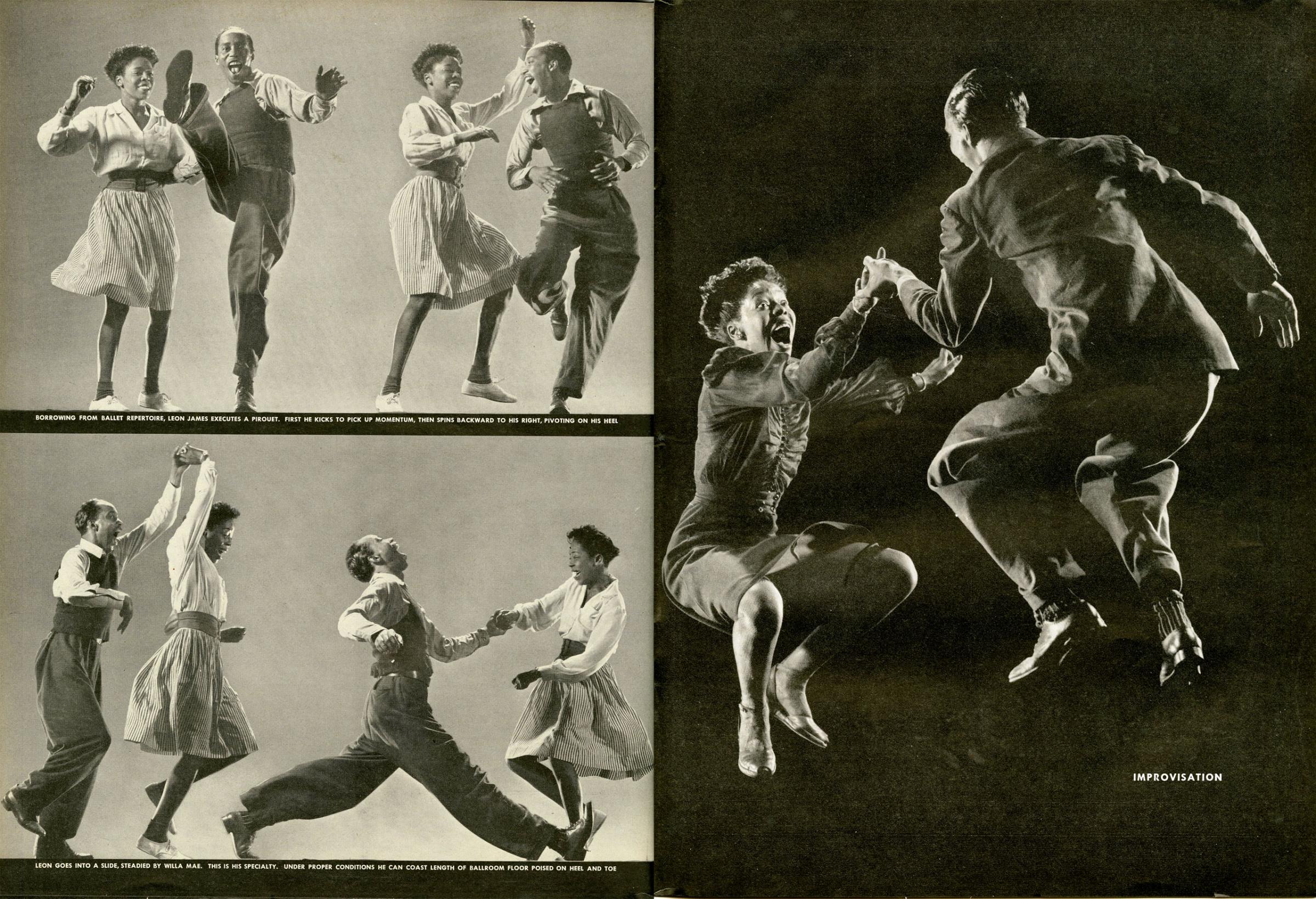
More Must-Reads from TIME
- Cybersecurity Experts Are Sounding the Alarm on DOGE
- Meet the 2025 Women of the Year
- The Harsh Truth About Disability Inclusion
- Why Do More Young Adults Have Cancer?
- Colman Domingo Leads With Radical Love
- How to Get Better at Doing Things Alone
- Michelle Zauner Stares Down the Darkness
Write to Eliza Berman at eliza.berman@time.com